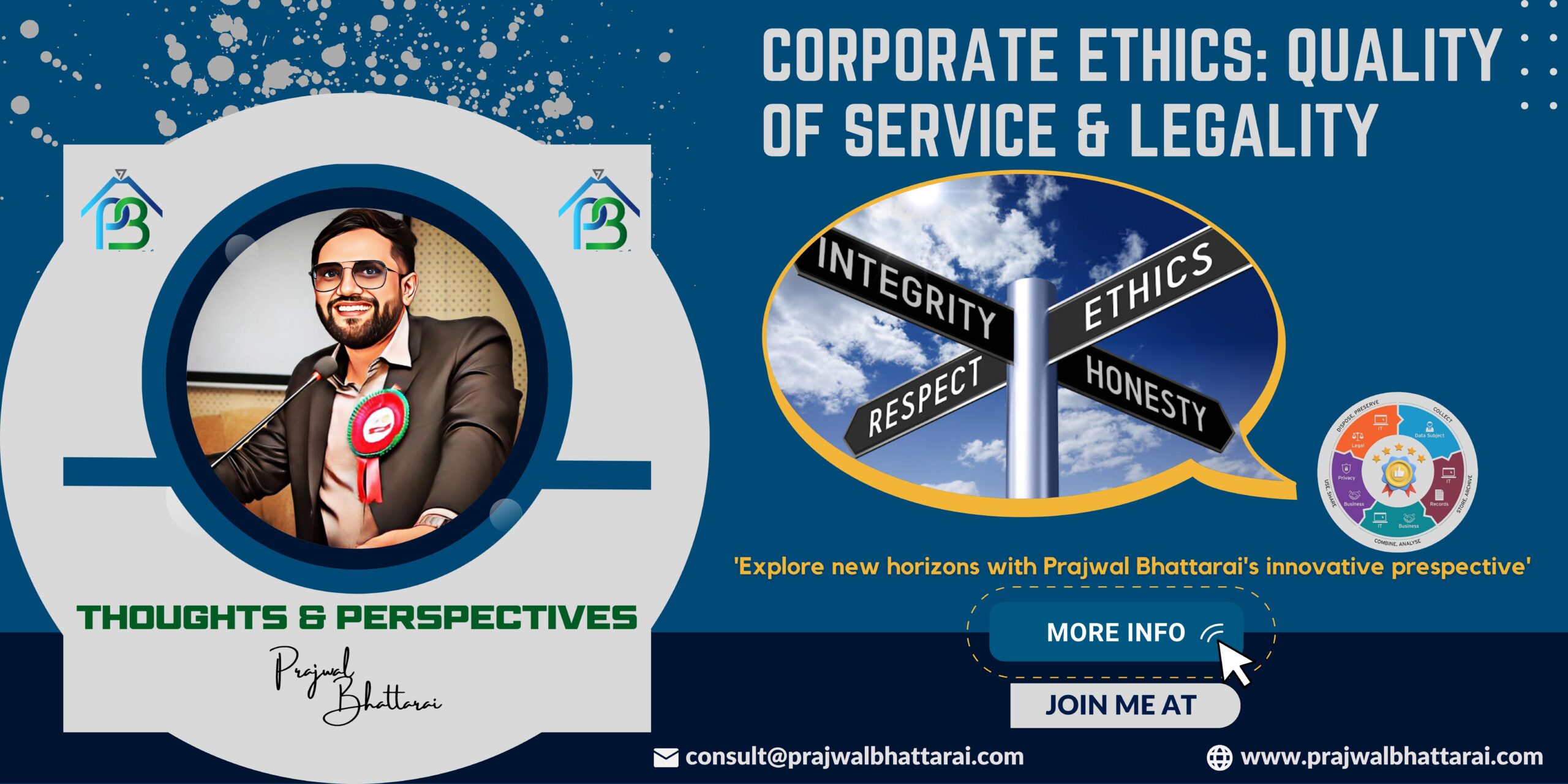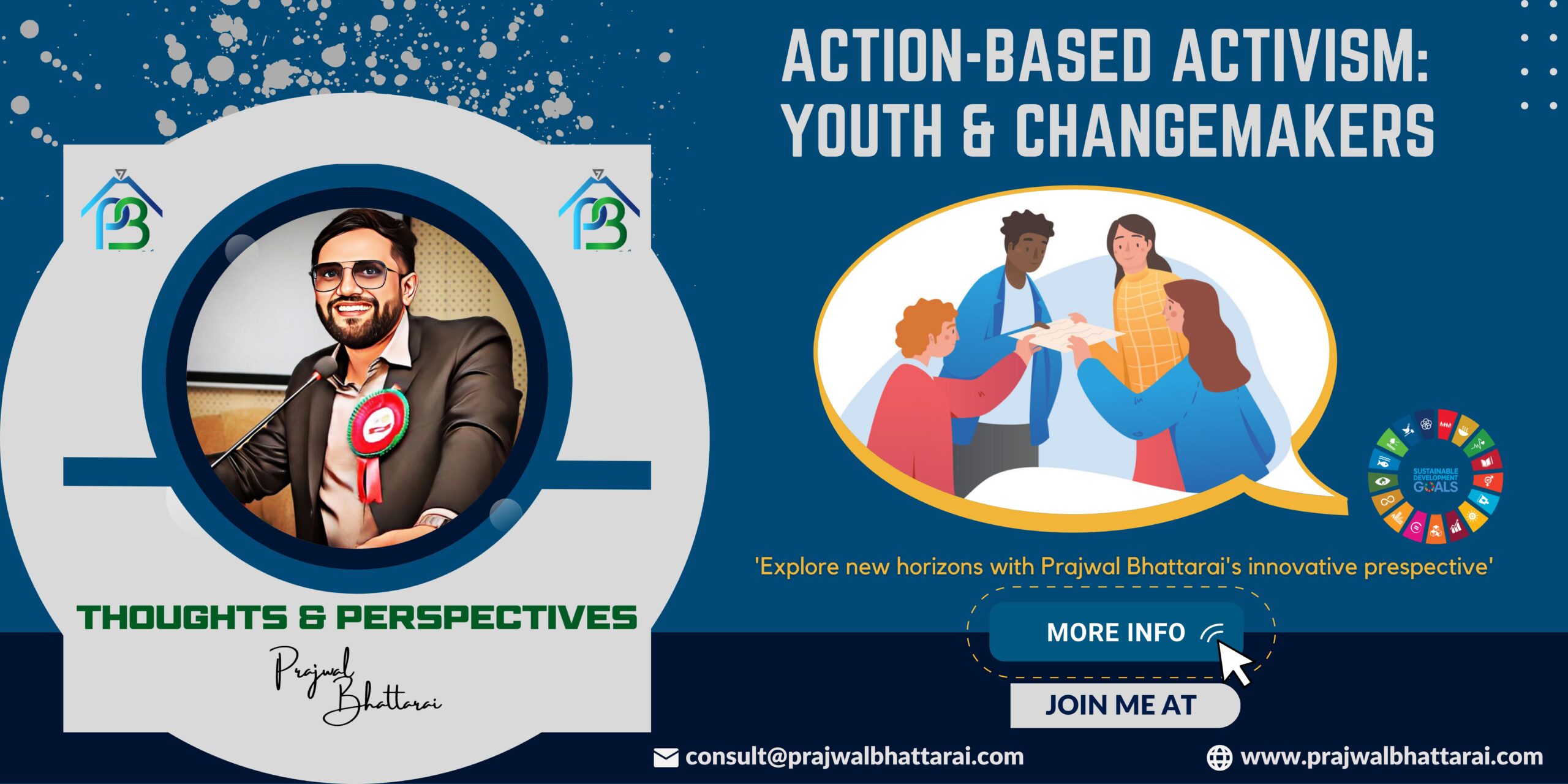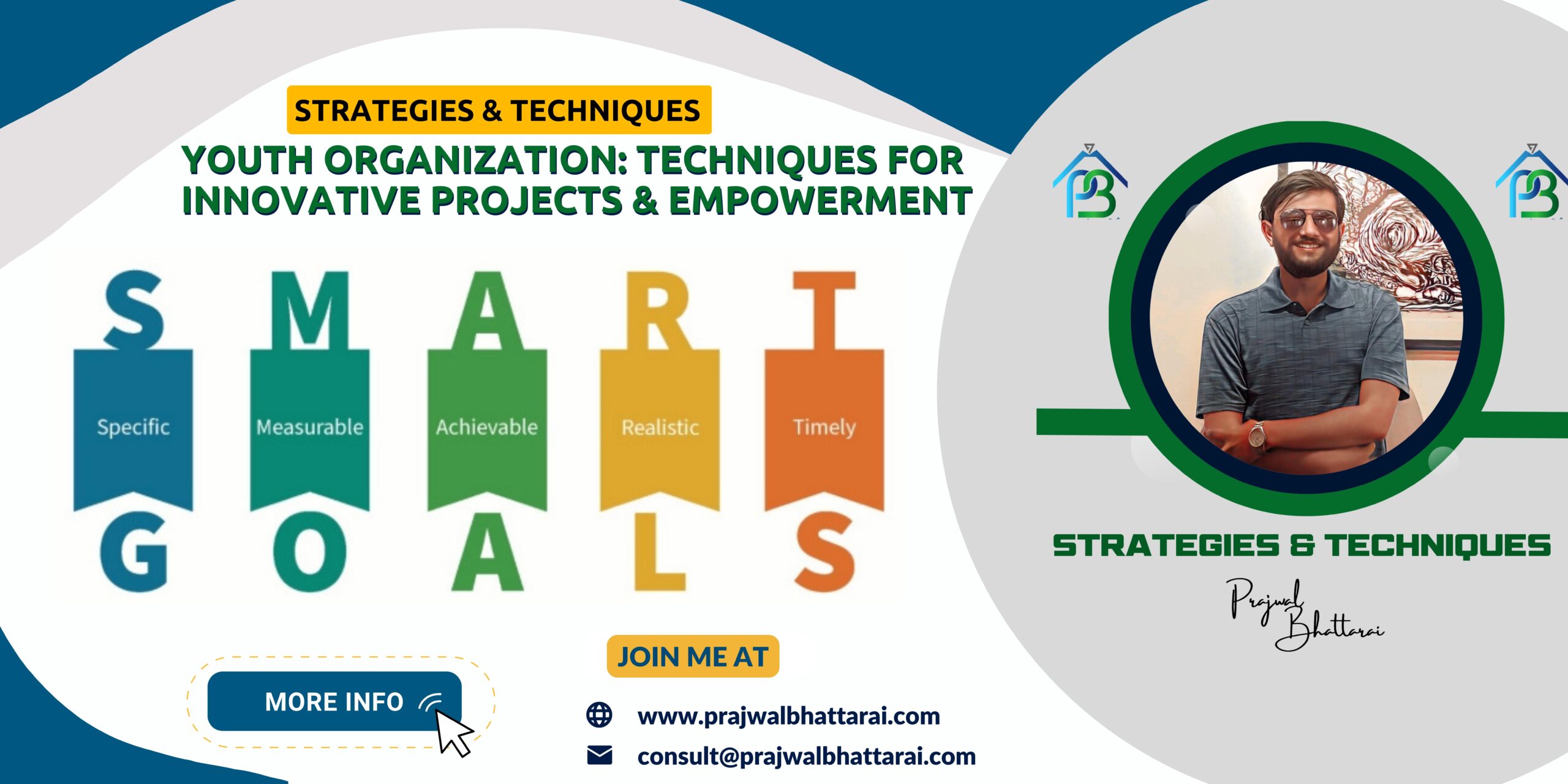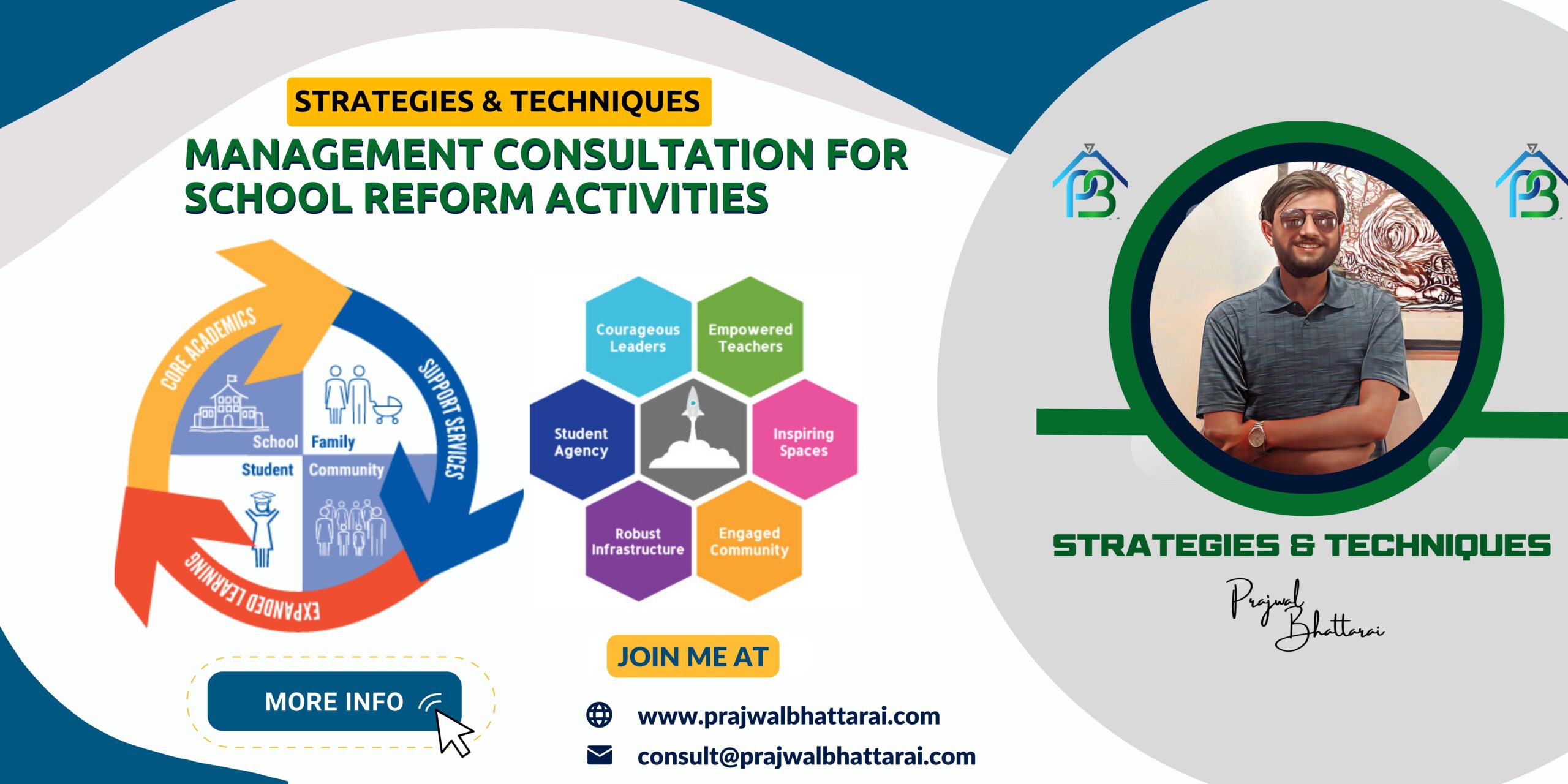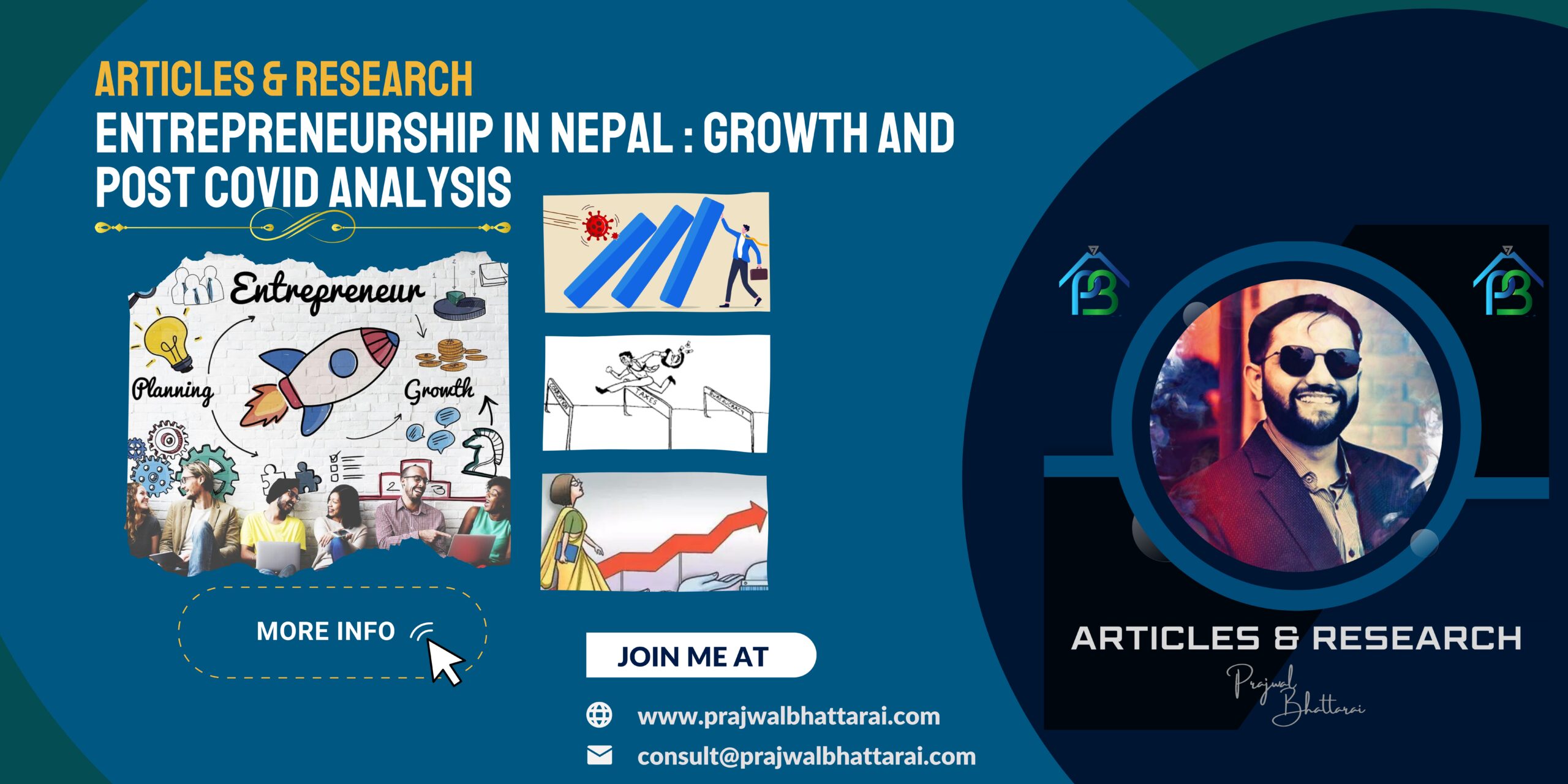As a social entrepreneur and initiator, I have always believed in the power of limited resources to spark creativity and drive innovation. While having access to ample resources can be helpful, it can also lead to complacency and a lack of drive to push boundaries and explore new ideas. Innovation has become the buzzword for businesses today. Companies are constantly looking for ways to stay ahead of the competition and create a sustainable competitive advantage. However, innovation is not just about producing new ideas, but also about executing them effectively. This is where the role of a leader becomes critical. When it comes to developing innovative projects, having a role model can be incredibly helpful. A role model can be someone in your field who has successfully executed a similar project, or it can be someone who embodies the qualities you aspire to as a leader and innovator. By studying their approach and learning from their successes and failures, you can gain valuable insights and ideas to help shape your own project.
However, it’s important to remember that no two projects are the same, and blindly following someone else’s approach may not always be the best strategy. Instead, it’s important to take inspiration from your role model and adapt their ideas to fit your own unique vision and goals. One of the key challenges of any innovative project is working smart with limited resources. This requires a deep understanding of the problem you are trying to solve, as well as the available resources and constraints. By focusing on the most important and impactful elements of the project, and leveraging available resources in creative ways, you can maximize the impact of your work. For example, let’s say you are developing a project with a limited budget. Rather than trying to develop all features at once, you could focus on the core functionality that is essential to the project’s success and develop that first. By launching a minimal viable product (MVP), you can test the market and gather feedback to help guide future development. This approach allows you to conserve resources and prioritize the most essential elements of the project. However, it requires more than just creative thinking to put ideas from our minds into action and make them bigger with effective solutions. It necessitates a methodical approach that includes establishing precise objectives, outlining the project’s parameters, finding possible obstacles, and creating a strategy to get around them. White documents can be helpful in such a scenario. White papers are long pieces of content that present extensive study on a particular subject and provide the audience with information they can use to make decisions. By creating a white paper on the project, the team can gain a better grasp of the scale of the project, spot possible risks, and create a plan to minimize them. As a young person, leader, activist, innovator, or changemaker, you have the power to create meaningful change in the world. It’s easy to get discouraged by the challenges and obstacles that come with pursuing innovative projects, but it’s important to remember that these challenges are also opportunities for growth and learning.
Working smart with limited resources can be a daunting task, but it can also spark creativity and innovation. When you are forced to think outside the box and find creative solutions to problems, you often come up with more innovative and impactful ideas than you would have if you had all the resources in the world. So don’t be afraid to embrace limitations and see them as opportunities to grow and learn. It’s also important to remember that failure is not the end of the road. In fact, many of the most successful innovators and entrepreneurs experienced failure before achieving success. The key is to learn from your failures and use them as stepping stones toward success. If you keep pushing forward and stay committed to your vision, you will eventually achieve your goals. Another important aspect of developing innovative projects is having a clear sense of purpose and vision. By staying focused on your purpose and what you want to achieve, you can stay motivated and overcome any obstacles that come your way. Your purpose can also inspire others to join you in your efforts, which can help you achieve an even greater impact. In addition to working smart with limited resources, it’s also important to captivate your project in action and make it larger with strategic solutions. This requires a deep understanding of your target audience and their needs, as well as a willingness to be flexible and adapt as you go. By staying focused on your vision and goals, and being open to feedback and new ideas, you can create a project that truly resonates with your audience and has a lasting impact. Innovation is essential for business enterprises to remain one step ahead of their competitors.
However, it calls for more than just original thought. Teams must work efficiently with scarce resources, leaders must foster an innovative culture, and projects must be carried out in a methodical manner. Businesses can put their ideas into motion and scale them up with strategic solutions by adhering to these rules. To achieve this, executives must foster an innovative atmosphere where staff members feel free to share their ideas and are rewarded for taking chances. For new initiatives, it’s also essential to utilize resources wisely. Teams are compelled to think imaginatively and develop innovative concepts when resources are scarce. In conclusion, developing innovative projects requires a combination of inspiration, strategic thinking, and a willingness to work smart with limited resources. By taking inspiration from role models, focusing on the most impactful elements of your project, and staying flexible and adaptable, you can create something truly remarkable that has a lasting impact on the world. pursuing innovative projects requires resilience, creativity, and a clear sense of purpose. By embracing limitations, learning from failure, staying focused on your vision, and being open to collaboration, you can create something truly remarkable that has a lasting impact on the world. So don’t be afraid to take risks and pursue your dreams – the world needs your innovative ideas and solutions now more than ever.


